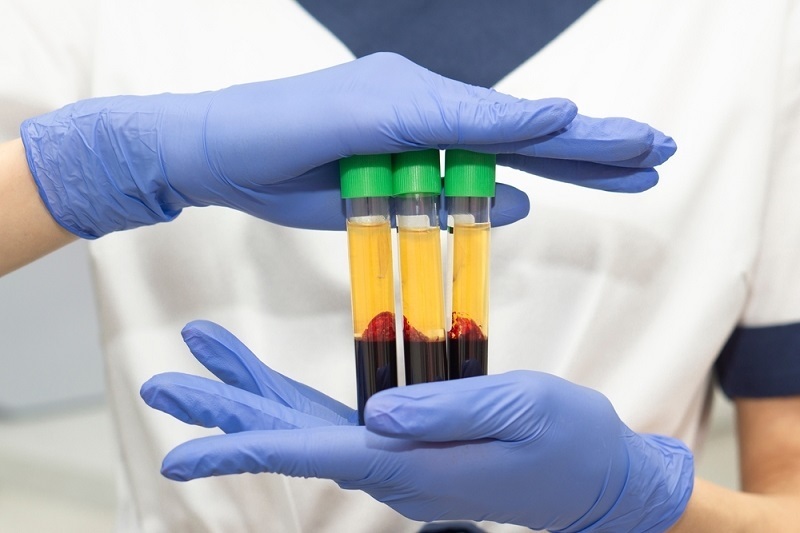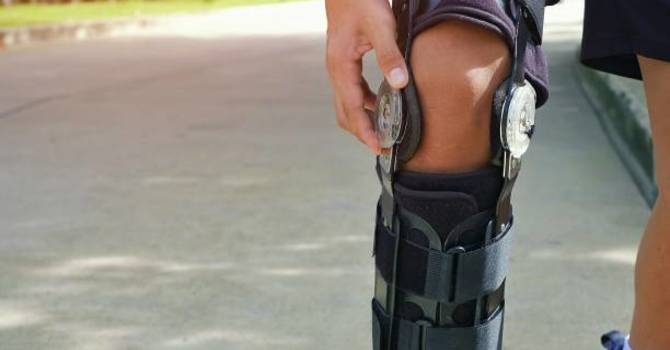
If you’ve been battling persistent hip pain, you might be looking for new ways to find relief. Platelet-Rich Plasma (PRP) injections are one of the latest treatments gaining attention for their potential to help with various types of pain, including hip pain. But how exactly do PRP injections work, and can they provide the relief you’re seeking? Let’s dive into what PRP injections are, how they might help with hip pain, and what you should consider before opting for this treatment.
What Are PRP Injections?
Understanding PRP Therapy
Platelet-Rich Plasma (PRP) therapy involves using a concentration of platelets and growth factors derived from your own blood to promote healing. The process begins with a simple blood draw, followed by a centrifuge that separates the blood into its components, concentrating the platelets. This PRP solution is then injected into the area of pain or injury.
The Science Behind PRP
Platelets contain growth factors that are crucial for tissue repair and regeneration. By injecting a high concentration of these platelets into the affected area, PRP therapy aims to accelerate healing, reduce inflammation, and improve overall function. It’s a minimally invasive procedure that taps into your body’s natural healing abilities.
How PRP Injections Can Help with Hip Pain
Addressing Common Causes of Hip Pain
Hip pain can arise from a variety of conditions, including:
- Arthritis: Osteoarthritis and rheumatoid arthritis can cause pain and stiffness in the hip joint.
- Tendinitis: Inflammation of the tendons around the hip, such as the iliopsoas or gluteal tendons.
- Bursitis: Inflammation of the bursa, small fluid-filled sacs that cushion the hip joint.
- Labral Tears: Tears in the cartilage that lines the hip joint socket.
PRP injections target these issues by promoting healing in the affected tissues. They can be particularly beneficial for conditions where inflammation and tissue damage are significant.
Benefits of PRP for Hip Pain
- Enhanced Healing: PRP injections stimulate the body’s natural healing processes, which can help repair damaged tissues and cartilage in the hip.
- Reduced Inflammation: By targeting inflammation at the source, PRP can alleviate pain and improve joint function.
- Non-Surgical Approach: PRP therapy offers a non-invasive alternative to surgery, making it an attractive option for those seeking less aggressive treatments.
What to Expect During and After PRP Injections
The Procedure
Getting PRP injections for hip pain involves several steps:
- Blood Draw: A small amount of your blood is drawn, typically from your arm.
- Processing: The blood is processed in a centrifuge to concentrate the platelets and growth factors.
- Injection: The concentrated PRP is injected into the hip joint or surrounding tissues under sterile conditions. Sometimes, imaging techniques like ultrasound are used to ensure precise placement.
Recovery and Post-Treatment Care
- Immediate Post-Treatment: After the injection, you might experience some swelling, discomfort, or bruising at the injection site. These symptoms are usually temporary and can be managed with ice and rest.
- Activity Level: You may need to avoid strenuous activities or high-impact exercises for a few days to allow the PRP to settle and start working.
- Rehabilitation: Following PRP injections, physical therapy or gentle stretching may be recommended to improve mobility and strengthen the muscles around the hip.
What to Consider Before Getting PRP Injections
Consult with Your Healthcare Provider
Before deciding on PRP therapy, it’s crucial to have a thorough discussion with your healthcare provider. They can evaluate the underlying cause of your hip pain and determine if PRP injections are a suitable option. They will also provide guidance on what to expect from the procedure and how it fits into your overall treatment plan.
Understand the Risks and Benefits
PRP injections are generally considered safe, as they use your own blood, which minimizes the risk of adverse reactions. However, as with any medical procedure, there are potential risks, including:
- Infection: Though rare, there is a risk of infection at the injection site.
- Pain: Some discomfort or swelling is common but usually short-lived.
Discussing these risks with your healthcare provider will help you make an informed decision.
Insurance and Costs
PRP therapy can be expensive and may not always be covered by insurance. It’s a good idea to check with your insurance provider to understand your coverage and out-of-pocket costs.
Alternatives and Complementary Treatments
Other Treatment Options
If PRP injections are not suitable for you, there are other treatments for hip pain, including:
- Medications: Pain relievers and anti-inflammatory drugs can help manage symptoms.
- Physical Therapy: Exercises and stretches can improve hip function and strength.
- Injections: Corticosteroid injections might be considered for short-term relief.
Combining Therapies
In some cases, PRP therapy is used in conjunction with other treatments, such as physical therapy or medication, to provide comprehensive relief and support healing.
Conclusion
PRP injections offer a promising option for those dealing with hip pain, leveraging the body’s own healing mechanisms to reduce inflammation and promote tissue repair. By understanding the procedure, benefits, and potential risks, you can make an informed decision about whether PRP therapy is right for you. Always consult with your healthcare provider to tailor the treatment to your specific needs and to ensure the best possible outcome. With the right approach, PRP injections could help you get back on track to a pain-free and active lifestyle.
Dr. Davis Francis
Contact Me


